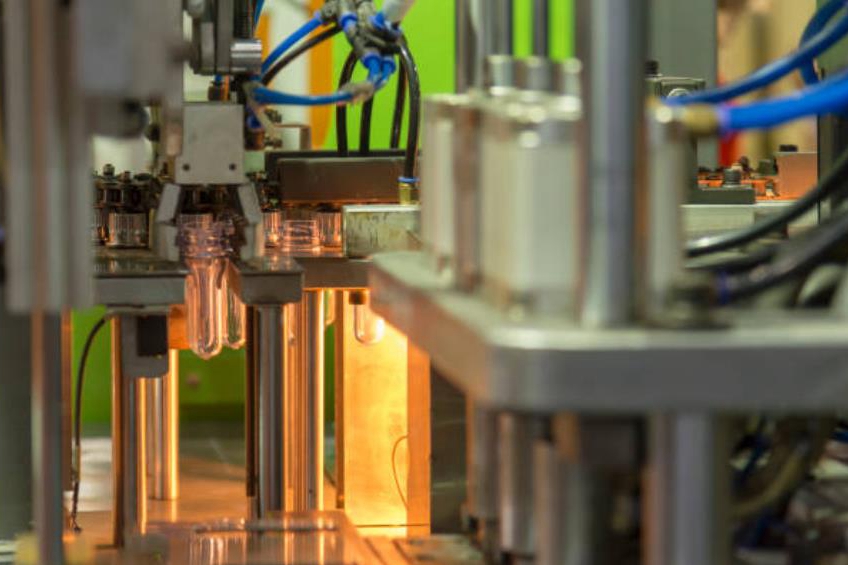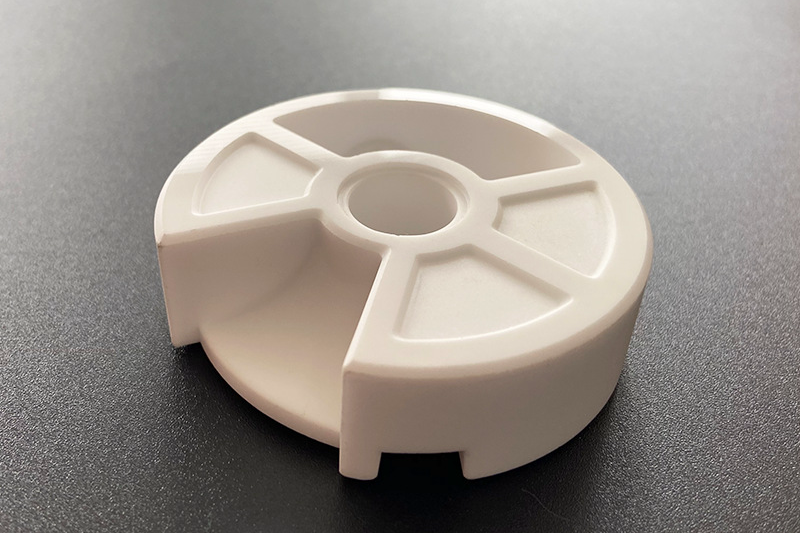What is the typical development cycle for battery components from prototype to production?
The development cycle for battery components—such as housings, busbars, thermal plates, or cell module structures—follows a structured and iterative engineering process. At Neway, this cycle encompasses concept validation, prototyping, functional testing, DFM optimization, tooling development, pilot production, and full-scale mass production launch. This approach ensures reliability, safety, and manufacturability for industries including e-mobility, energy storage, and automotive.
1. Concept and design validation
The cycle begins with defining electrical, thermal, and mechanical requirements. Early CAD models are evaluated for cell-pack integration, cooling performance, high-voltage routing, and crashworthiness. Neway often uses 3D printing prototyping to validate concepts such as enclosure layout, venting channels, mounting points, and material fit.
At this stage, material feasibility studies compare polymers (PC-PBT, PEEK), aluminum alloys (A380, cast aluminum), and copper components for busbars.
2. Engineering prototypes
Functional prototypes are produced through CNC machining prototyping, metal or plastic 3D printing, or rapid molding prototyping. These prototypes validate mechanical strength, sealing performance, thermal transfer, and assembly behavior.
Busbars or conductive parts made from stamped or machined copper may undergo conductivity or coating tests (such as silver, tin, or nickel) using processes like electroplating.
3. Functional testing and thermal safety validation
Neway performs functional evaluations to test coolant flow, structural rigidity under vibration, thermal expansion, fire resistance, and electrical continuity. Relevant surface treatments—such as thermal coatings, sandblasting, or painting—are evaluated to replicate final production conditions.
Testing outcomes guide the engineering refinements for structural, electrical, or thermal performance.
4. DFM, DFA, and process optimization
Once performance meets requirements, Neway conducts Design for Manufacturability (DFM) and Design for Assembly (DFA) reviews. This includes optimizing wall thickness, draft angles, cooling channels, and tooling features for processes such as:
Injection molding for plastic battery covers and brackets
Aluminum die casting for structural housings
Sheet metal fabrication for cell frames or trays
Copper alloy casting or stamping for power distribution components
Refined designs are then frozen for tooling development.
5. Tooling development and verification
Neway produces soft tools or pilot molds to validate gate flow, shrinkage, cycle time, and cooling efficiency. For high-volume components, hardened steel tools are prepared with optimized cooling channels and wear-resistant coatings.
Each tool undergoes trial runs to confirm dimensional consistency and defect-free production. If surface quality is critical, finishes like as-machined finish or polishing are tuned at this stage.
6. Pilot production and PPAP validation
Pilot batches are produced to verify repeatability, yield, and process capability (Cp/Cpk). Neway performs CMM inspection, thermal testing, leak testing, and electrical validation for busbars and housings.
Industries like automotive may require PPAP/FAI documentation, traceability reports, and process control plans before full production approval.
7. Mass production launch
Once validated, production ramps up using Neway’s custom parts manufacturing service. Automated inspection, SPC monitoring, and digital traceability ensure consistent quality across every manufacturing lot. Surface treatments such as anodizing, powder coating, or Alodine are integrated for corrosion and thermal protection.



